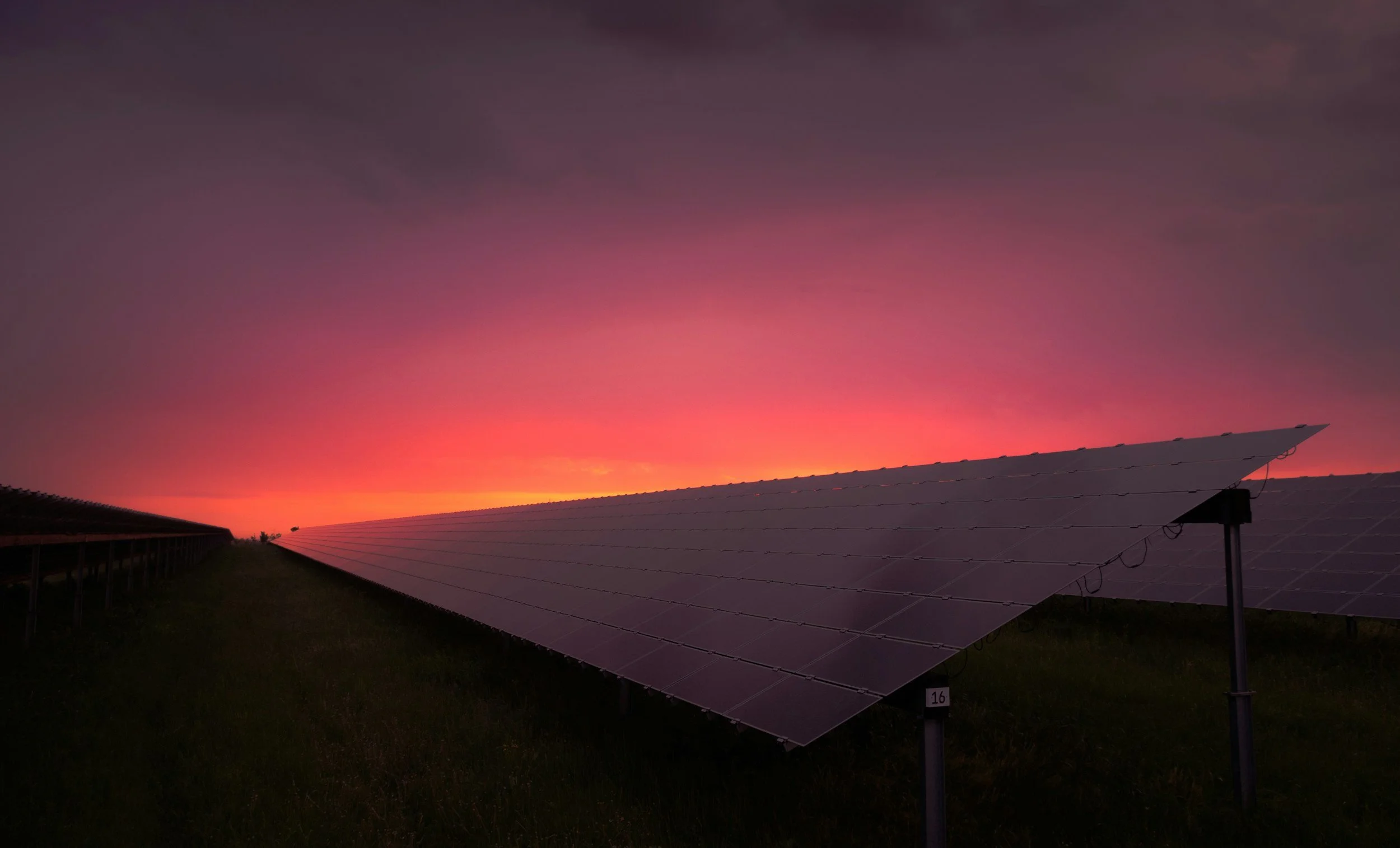Energy Market Update - 25 April 2025
Energy markets across Europe and the UK continued to weaken, with both gas and power prices trending lower. This movement has been driven by mild weather in Northwest Europe, ongoing regulatory discussions, and subdued demand for liquefied natural gas in Asia.
Natural gas prices in the UK remained under pressure, with the Day-Ahead NBP contract settling at 81.81p/therm, marking a fall of 1.79p compared to the previous session. The downward trend was visible along the forward curve, with contracts for Summer and Winter 2025 also slipping. At the start of today’s session, the UK system was 4 mcm/day undersupplied due to reduced Norwegian flows through Langeled, which were down by 5.5 mcm/day. While UK Continental Shelf production was steady, LNG send-out was lower, notably from Dragon LNG, with moderate withdrawals from medium-range storage sites helping to meet demand.
Maintenance activities are expected to further tighten UK supply, as Kårstø in Norway undergoes works that will limit flows by 21 mcm/day over the weekend, reducing to 15 mcm/day from Monday. Ormen Lange will also see a 14 mcm/day curtailment until late May. System demand in the UK has dropped sharply to 168.08 mcm, a reflection of milder weather, with temperatures forecasted to peak up to 4°C above seasonal norms by the end of April. This should keep prompt gas demand soft but could provide opportunities for increased storage injections and exports as continental Europe also builds inventories. UK storage sites remain at varied levels, with Rough at 85% full, Aldbrough and Dragon at 29%, and others ranging from 14% to 63%. Across Europe, overall gas storage was at 37.53% as of 22 April.
On the continent, gas hub prices followed a similar trajectory, with TTF trading at 84.51p/therm, PSV at 83.39p/therm, and THE at 85.87p/therm. LNG imports into Northwest Europe continue at pace, with arrivals from the US, Qatar, Angola, Algeria, and Russia reinforcing supply resilience. However, with reduced LNG send-out and continued maintenance, market flexibility will be closely monitored.
Spot LNG prices remain subdued, with JKM assessed at $11.51/MMBtu and TTF-linked LNG at $11.24/MMBtu. Despite the summer buying season, Asian demand is still lacklustre, and US export volumes continue to contribute to global supply.
UK electricity prices have mirrored the weakness seen in gas markets. The Day-Ahead baseload contract settled at £82.00/MWh, down £2.50 day-on-day, and Summer 2025 contracts fell to £73.75/MWh. Liquidity in the forward market remains thin, though most contracts beyond Winter 2025 firmed slightly where prices were available.
Wind generation forecasts remain below average, implying that increased gas-fired generation may be needed to compensate, which could offer modest support to gas demand in the power sector. UK nuclear output is mixed; Torness 1 has returned to service, but outages at Heysham and Hartlepool continue to limit supply. Flows via interconnectors from Europe remain healthy, especially from France and Belgium, as lower French domestic demand and strong continental renewables generation underpin robust exports to the UK.
System price volatility persists, with the maximum system buy price (SBP) peaking at £113.00/MWh and the minimum system sell price reaching £56.50/MWh. UK baseload electricity continues to trade at a premium to French and Dutch contracts, maintaining incentives for imports via interconnectors.
In other commodities, Brent crude rose slightly to $66.55/bbl, as markets focused on continued OPEC+ output discipline and balanced physical supply. The Brent futures curve remains in mild contango. Coal prices (ARA CIF Cal Y+1) settled at $103.85/tonne, holding steady on expectations of stable demand.
European carbon markets continued to soften, with EUA December 2025 contracts down to €66.31/tonne and UKA (ETS Dec 2025) at £47.50/tonne, as weaker economic sentiment and position unwinding weighed on prices. Currency markets were stable, with GBP/EUR at 1.1696 and GBP/USD at 1.3341.
